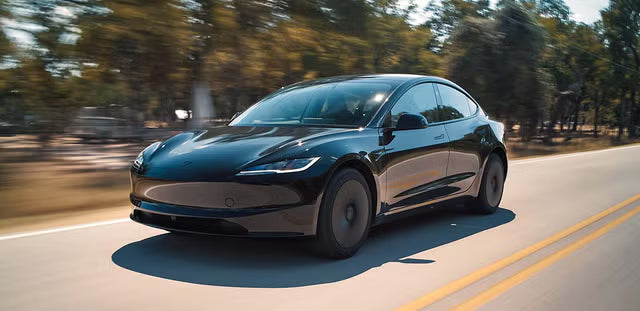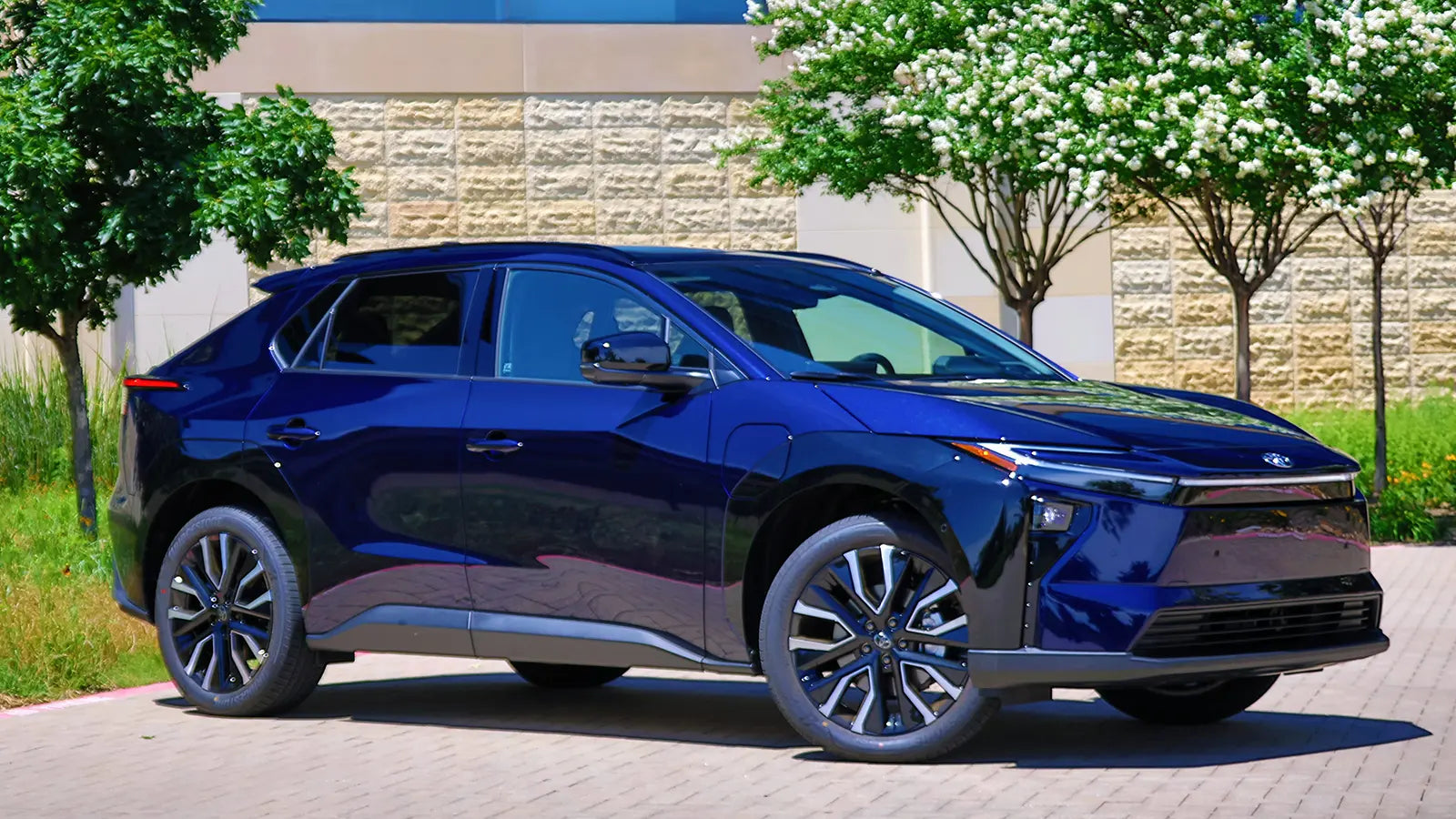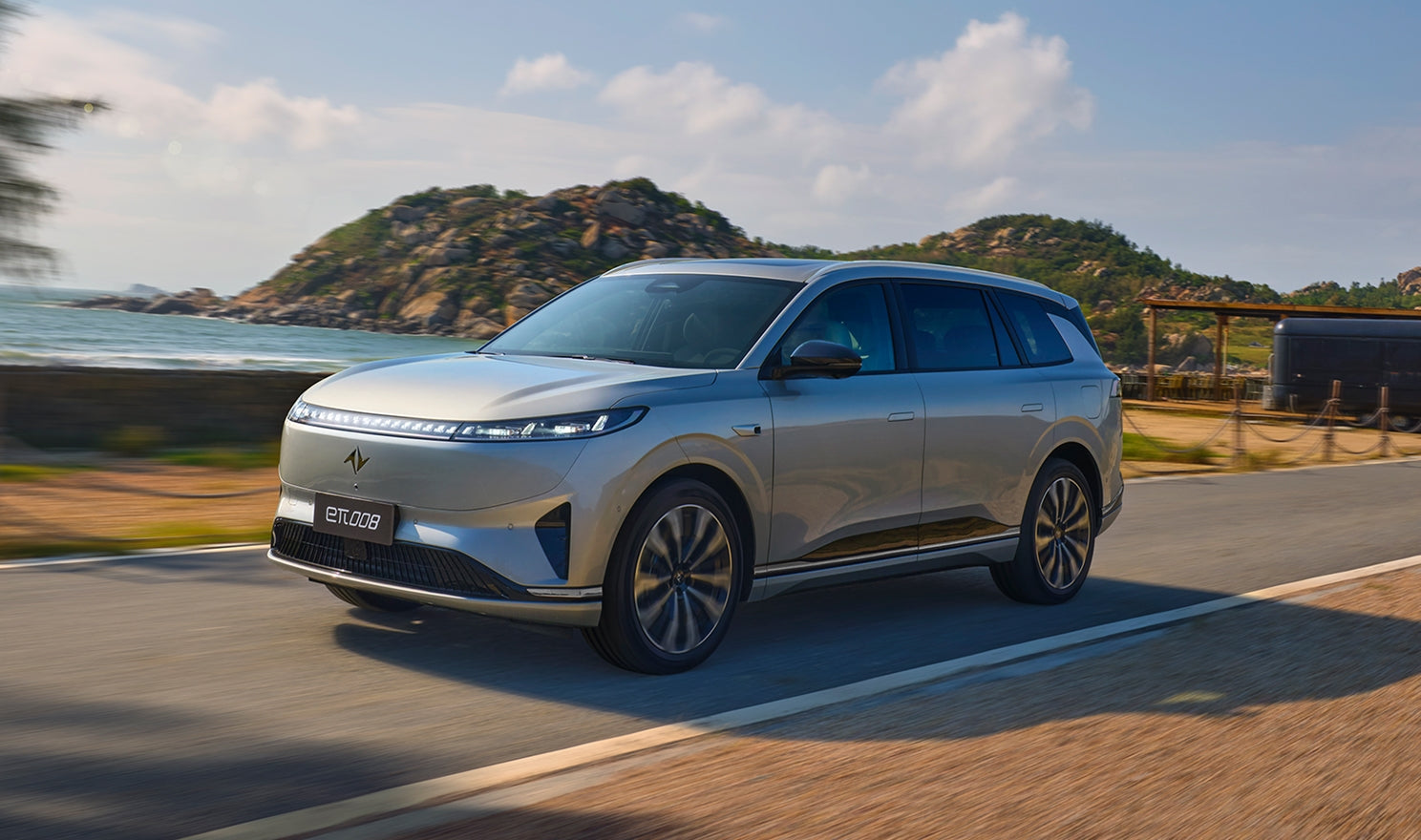Tesla’s Early Advantage and the Shift It Sparked
Tesla’s rise to industry dominance did not happen overnight, but 2012 marked the turning point. The launch of the original Model S proved that a fully electric sedan could rival luxury gasoline cars in performance, efficiency and desirability. It created a new segment and forced the global auto industry to confront a radically different future.
The momentum has only intensified. Through ongoing hardware and software refinement, Tesla has built multiple global best-sellers, from premium sedans to mass-market crossovers. In many years, a Tesla has been the world’s best-selling EV, premium car or even best-selling vehicle overall. Its market valuation still exceeds that of many traditional automakers combined.
Yet more than a decade later, most legacy brands have not matched Tesla’s formula. None consistently earn profits on their EVs, and very few have built the tightly integrated ecosystem that underpins Tesla’s long-term advantage.

The Power of an End-to-End Ecosystem
Tesla’s success is rooted in its decision to build the full EV stack—vehicles, charging infrastructure, energy storage, software, sales channels and service systems. Others attempted to replicate pieces of this equation, but few embraced the entire system.
A recent long-distance trip highlights this gap clearly. Driving a 2025 Hyundai Ioniq 5 XRT—a standout among legacy EVs—showed that even excellent hardware struggles without equally robust software and ecosystem support. The car performed well, but the experience around it frequently fell short.
Tesla, by contrast, offers a seamless closed loop:
-
Proprietary Superchargers with unmatched reliability
-
Straightforward online purchasing instead of dealership negotiation
-
Home energy products that integrate with the vehicle
-
Unified software connecting the vehicle, energy ecosystem and navigation
This creates a virtuous cycle. Because EVs rely on electricity everywhere, the company that controls charging, home power, vehicle software and grid services earns revenue across the entire lifecycle. Tesla recognized early that EVs are not just cars—they are nodes in an energy network.
Why Legacy Automakers Struggle to Replicate the Model
Many automakers aspire to Tesla’s end-to-end integration. Hyundai, for example, has ambitious long-term plans to link vehicles, home energy and smart devices through a single software and services platform. But it remains years away from achieving this level of unification.
During the 650-mile road trip, the shortcomings were obvious. Built-in navigation tools were unreliable, so third-party apps were required. The car could not dynamically update route plans based on real-time energy consumption, and charging coordination faltered because Hyundai does not control the charging ecosystem.
Tesla vehicles, on the other hand, integrate real-time efficiency data, charger availability, battery temperature and route planning—something only possible when a company controls both the vehicle and the charging infrastructure.
Even the growing availability of NACS-compatible chargers does not eliminate these issues. Two different Superchargers failed to initiate a charging session on the Ioniq 5 XRT, and because non-Tesla vehicles sit outside Tesla’s backend systems, resolving these issues is slow or impossible. Ultimately, the only functional option was to detour to a Rivian charger.

Infrastructure Alone Is Not the Answer
Hyundai’s native route planner performed even worse. It directed the vehicle to a state-run charger that was:
-
Limited to 50 kW, far below the vehicle’s peak capability
-
Closed for months due to construction
-
25 miles from the nearest alternative site
Had the driver followed that guidance, the trip would likely have ended with a stranded EV in the Mojave Desert.
No matter how refined the vehicle itself is, the ownership experience fails if charging reliability cannot be trusted. Legacy automakers often argue that this is unfair—after all, gasoline carmakers do not build gas stations. But EVs are not gasoline cars, and the energy ecosystem surrounding them is fundamentally different.
Why EV Makers Must Think Beyond the Car
Electric vehicles represent an entirely new energy business. Automakers that embrace this will compete on far more than horsepower, styling or cabin features. They will compete on:
-
Software integration
-
Power distribution
-
Renewable energy systems
-
Vehicle-to-home and vehicle-to-grid capabilities
Tesla’s investment in energy products and infrastructure was expensive and took years to stabilize. But it now owns a substantial portion of the future energy ecosystem.
Most legacy automakers have not fully committed to this opportunity. Some are beginning to understand it, investing in public fast-charging partnerships or home energy concepts. But few have a coherent, unified plan.

Who Shows Promise Among the Traditional Brands?
Of all legacy automakers, General Motors appears the closest to Tesla’s long-term vision. GM has:
-
A scalable EV platform with software commonality
-
Google-built navigation and energy-routing systems
-
A functioning home-energy product line
-
Partnerships with major charging networks
-
A foundational stake in the Ionna charging consortium
-
A diversified battery supply chain
-
New initiatives in robotics and energy services
Other brands—even those with strong EVs—are scattered across smaller bets. Mercedes, BMW, Toyota, Honda, Hyundai and Stellantis all participate in Ionna and run limited charging programs. But no company yet rivals Tesla’s ecosystem depth or maturity.
The gap becomes obvious every time a driver leaves home in a non-Tesla EV.
The Structural Challenge Facing Legacy Automakers
Traditional automakers are being pulled in two directions. Their gasoline businesses remain profitable and essential for sustaining operations. At the same time, they must invest heavily to build viable EV ecosystems. Every part of the EV value chain—manufacturing, service, software, energy, sales—is different from gasoline.
This tension creates difficult strategic dilemmas:
-
Backward compatibility with gas platforms slows innovation.
-
Vehicles that cannot update themselves easily limit software progress.
-
Without a reliable charging ecosystem, route planning is unreliable.
Legacy automakers may attempt to build “good enough” EVs while waiting for infrastructure and supply chains to mature. But this is a risky strategy. EV buyers often remain loyal to the first brand that gives them a reliable ownership experience, and Tesla captured that loyalty early.

The Lesson Legacy Brands Haven’t Fully Learned
To compete in the long term, automakers cannot rely solely on the public charging networks or fragmented software ecosystems that exist today. A winning EV strategy requires building the ecosystem—not just the car.
Tesla understood this more than a decade ago. Competitors are learning the same lesson, but many still remain years behind.
Recommend Reading: Global EV Battery Boom Turns to Glut as Demand Slows








Share:
Rivian and Volkswagen Deepen Their EV Alliance With New Tech Roadmap